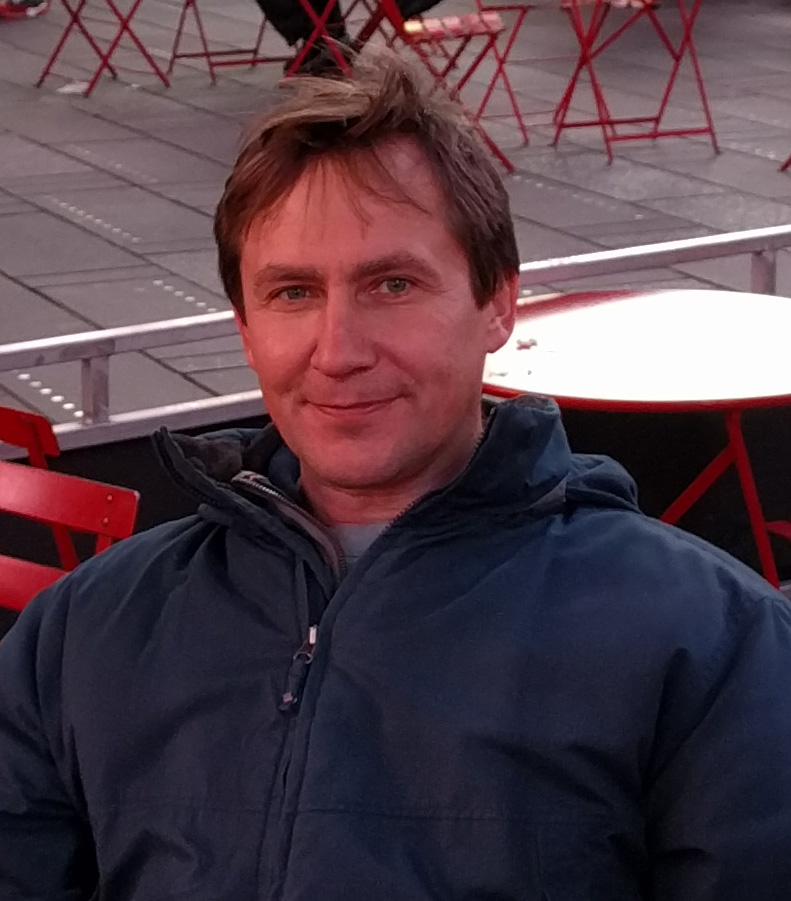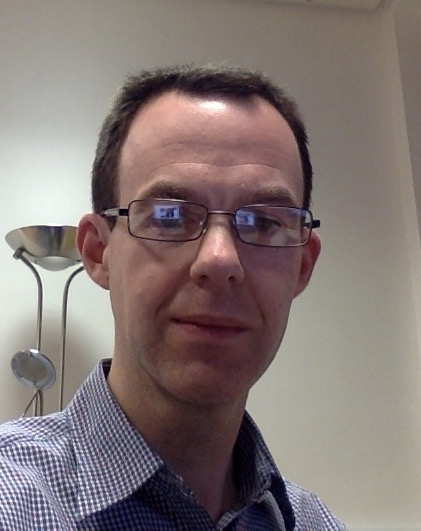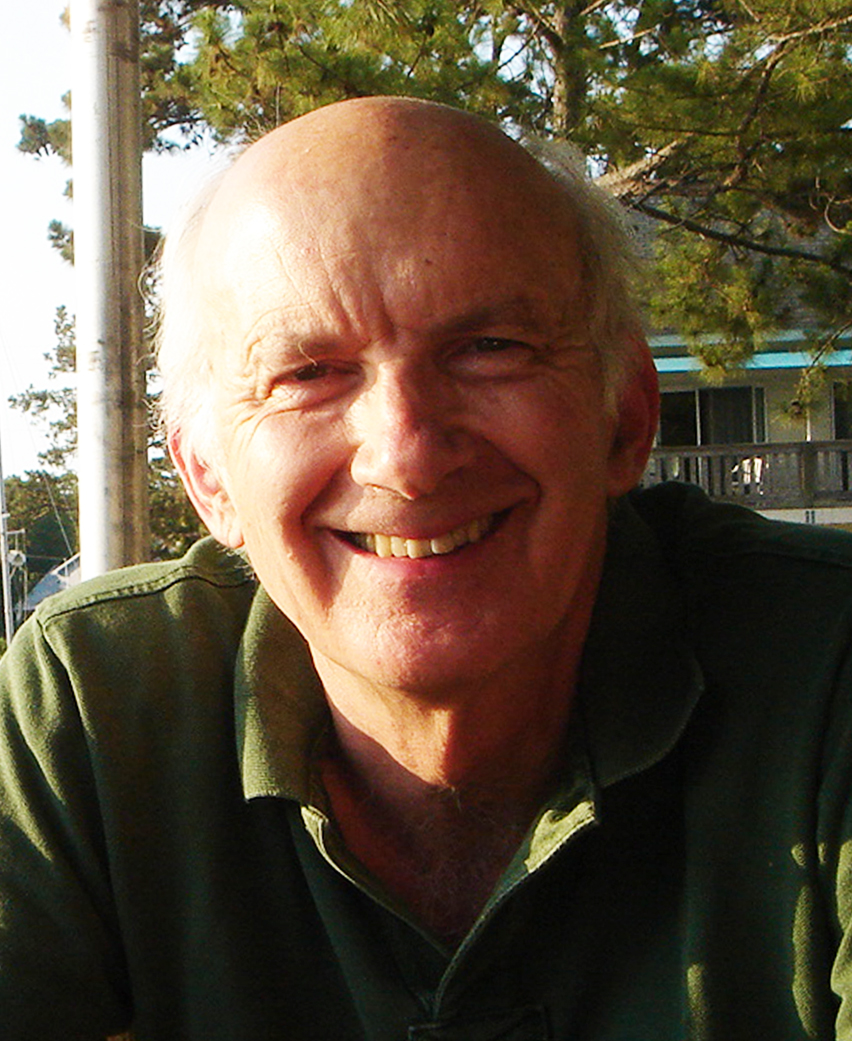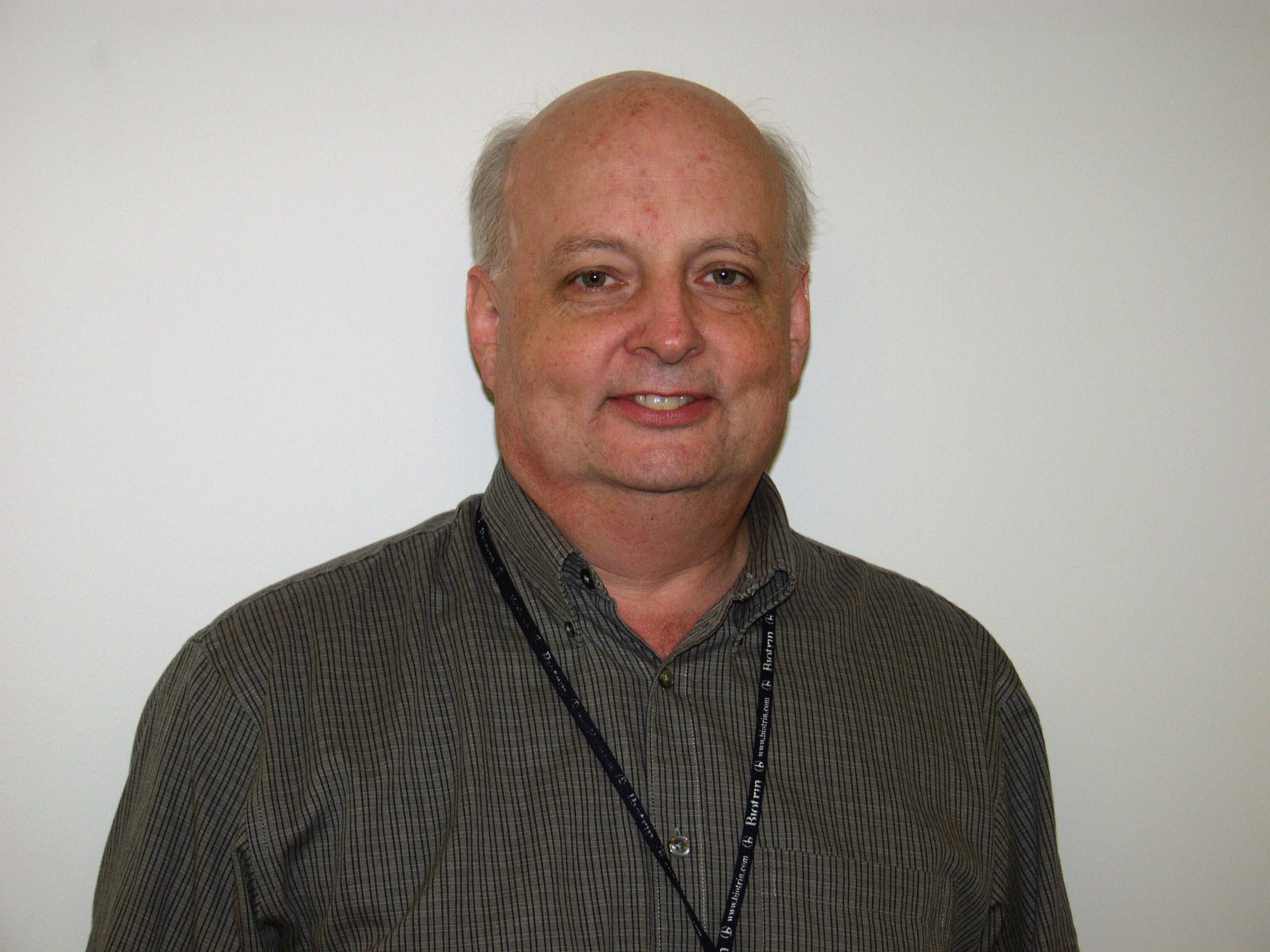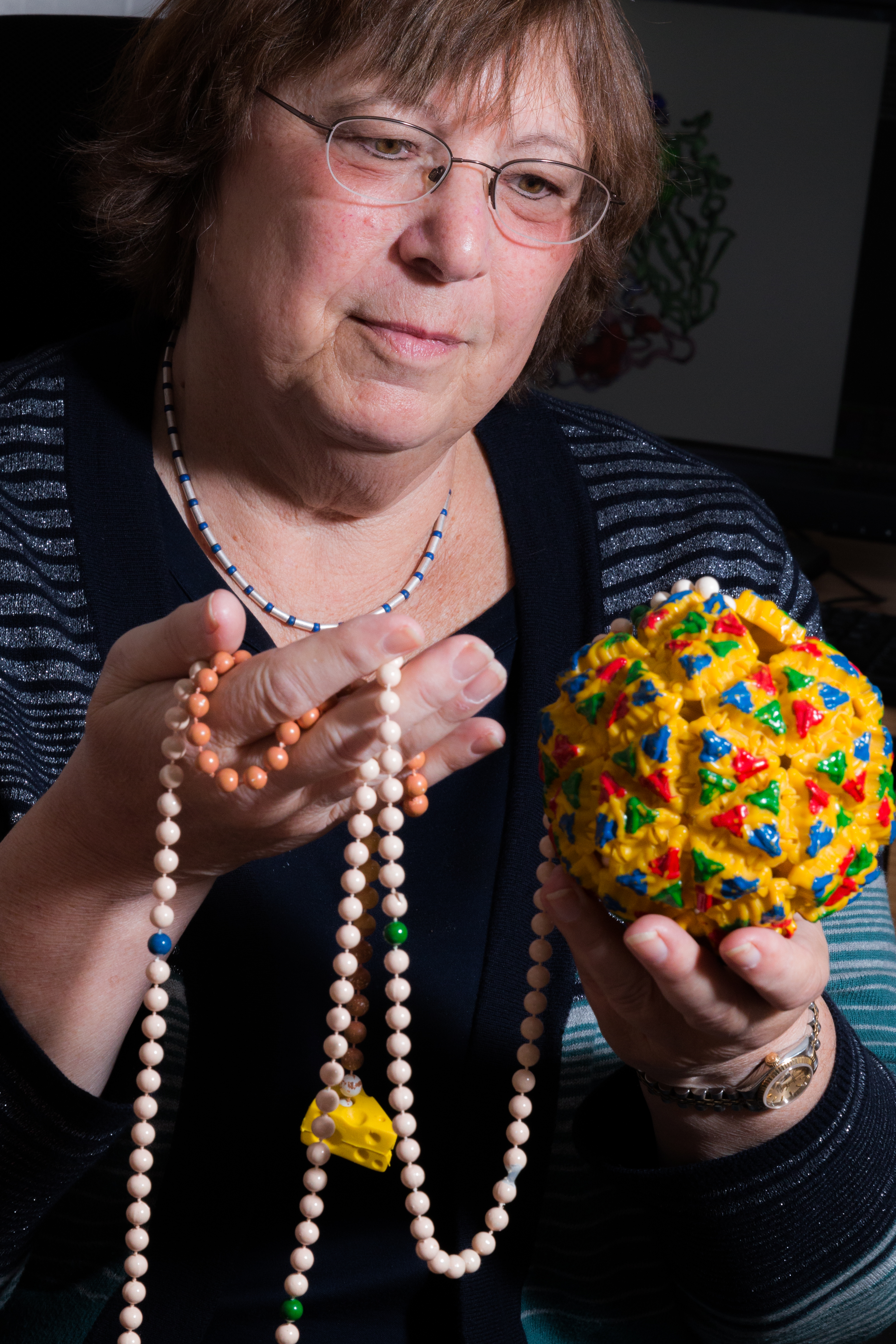Keynote lecture 8: A well-oiled machine of picornavirus replication. Hijacking cellular lipid metabolism during picornavirus infection
A long standing interest of my lab at the University of Maryland is the rewiring of the cellular membrane metabolism pathways during picornavirus infection. These viruses with genomes smaller than many cellular mRNAs are capable to completely reorganize membrane architecture of a eukaryotic cell in a matter of a few hours, relying only on pre-existing cellular factors and a few viral proteins. In my presentation, I will talk about the recent advancements in our understanding of the key molecular events transforming the membranous organelles of an infected cell into virus-producing factories, mechanisms of viral resistance to perturbations of membrane metabolism, and the emerging general picture of the role of membranes in the picornavirus life cycle.
The P3 A, B, C and D's of Picornavirus genome replication
Craig E. Cameron is Professor of Biochemistry and Molecular Biology at The Pennsylvania State University. For more than 20 years, his laboratory has contributed to our understanding of the structure, function, dynamics, and inhibition of the viral RNA-dependent RNA polymerase. His laboratory is now enthralled by the conformational dynamics of proteins 3AB and 3CD and the cell biology enabled by these dynamics.
Keynote lecture 5: Comparative Genomics and RNA Virus Gene Expression
Andrew Firth is a Wellcome Trust Senior Research Fellow at the University of Cambridge. After a PhD in astronomy, and bioinformatic postdoctoral studies in New Zealand and Ireland, Andrew moved to Cambridge to establish his lab at the interface of computational and experimental virology. Andrew's interests include RNA virus comparative genomics, virus gene expression mechanisms, translational control, ribosome profiling, NGS data analysis, novel virus discovery, and RNA structure and function. Andrew will present work on picornavirus gene expression mechanisms including studies of ribosomal frameshifting in cardioviruses done in collaboration with the lab of Ian Brierley.
Expanding the picornaviral life cycle: the ins and outs of hepatoviruses
Hepatoviruses are unusual hepatotropic picornaviruses, distinct genetically, structurally, and in pathogenicity from other well-studied mammalian viruses in this family. The prototypical hepatovirus, hepatitis A virus (HAV), is an ancient pathogen that has likely afflicted societies since humans first began to live together in large communities 10,000-12,000 years ago. Although known to the medical community for over forty years, it is only now beginning to give up some deeply held and surprising secrets. This talk will review recent advances in our understanding of hepatoviruses, focusing especially on the diversity of hepatoviruses infecting other mammalian species, the non-lytic release of virus from infected cells cloaked in a quasi-envelope, and how quasi-enveloped virions gain entry to establish infection in new host cells.
The Polio End-game: Certification, OPV Cessation and Containment
I am currently the Director of the Division of Viral Diseases at the
Centers for Disease Control and Prevention in Atlanta, GA USA. I began working
on polio more than 40 years ago and began involvement in polio eradication in
1985 in the American Region. The scope of my polio work now includes many
aspects of the global polio laboratory network, clinical trial design, polio
containment, and the transition planning for the post-eradication era. The talk
will highlight that even when the last case of polio has been detected, global
polio eradication is not done.
Keynote lecture 10: The mores of practicing science
As a professor in the Institute for Molecular Virology and Department of Biochemistry at the UW-Madison, I’ve been “practicing” in the field of picornavirology for nearly 40 years. Cardioviruses, and now rhinoviruses are my specialty (I don’t do polio!). For Europic-18, I wasn’t asked to talk about our science. Rather, I hope to open a dialogue about unconscious practices in our field that have influenced, and continue to influence professional equity, particularly for women and minorities.
Keynote lecture 12: 3D cell culture systems to study virus pathogenesis
Caroline Tapparel obtained her PhD in Molecular Virology at the Faculty of Medicine in Geneva. After postdoctoral trainings in human genetics and bacteriology, she became group leader at the University Hospitals of Geneva in 2005 and Professor at the Faculty of Medicine of the University of Geneva since 2014.
Research interest: Although closely related at a genetic level, rhinoviruses (RV) and enteroviruses (EV) are characterized by an important genetic and phenotypic diversity. RV infection is mostly restricted to the respiratory tract, whereas EV can cause viremia, spread to multiple body sites, and have been associated with over 20 clinically recognized syndromes, ranging from common cold to encephalitis. Caroline Tapparel’s research aims to explore the pathogenic diversity of RV and EV, using molecular, cellular and biochemical tools as well as relevant three-dimensional tissue culture models. This area of research is essential in the perspective of development of antivirals and/or vaccine against these highly common infectious agents.

